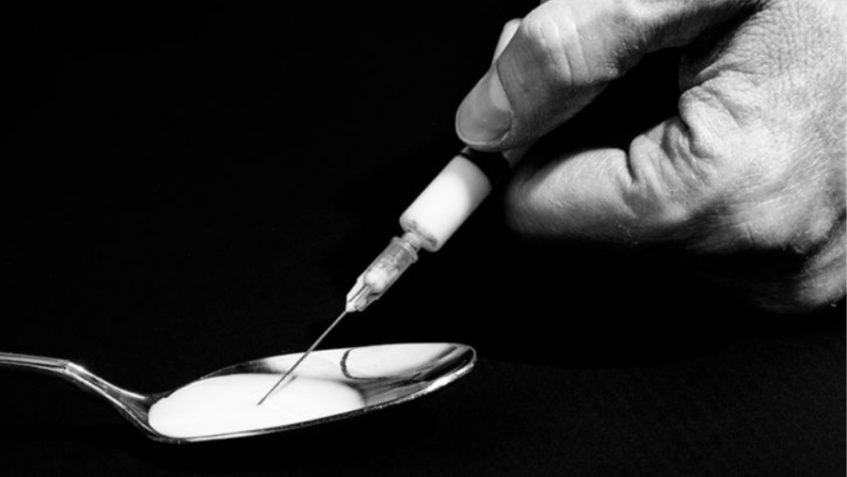The COVID-19 pandemic has exacerbated challenges for millions of adults with substance use disorders. New obstacles for obtaining treatment exist as do increasing stressors, including isolation, unemployment, and illness. Complicating matters further is the timing of the pandemic, which coincided with the ongoing opioid epidemic. The disruptions in health care and social safety nets combined with social and economic stressors have placed individuals at a heightened risk of opioid overdose:
- Nationally, overdose deaths increased 17.6% from 3/19/20 – 5/19/20 compared to the same time period last year.
- In Kentucky, compared with the previous 52 days, emergency medical service calls for opioid overdoses increased in the early weeks following the COVID-19 state emergency declaration:
- The total number of nonfatal opioid overdose visits in Kentucky increased from 102 between March and June 2019 to 227 between March and June 2020, an increase of 123%.
- More black patients reported to the emergency room for opioid overdose in Kentucky during the pandemic than the prior year, which is especially concerning considering they are overrepresented in COVID-19–related infections, hospitalizations, and deaths, as well as associated socioeconomic consequences.
- In Pasco County, Florida, emergency medical service calls for opioid overdoses increased 371% and deaths increased 90% from March thru July 2020 compared to the same time period in 2019.
Psychosocial consequences related to coronavirus disease 2019 (COVID-19) also places individuals in recovery at a heightened likelihood of relapse. In another study, researchers used a convenience sample of urine drug test results in order to examine the pandemic’s effects on drug use among those with or at risk of substance use disorders:
- Compared with the period before COVID-19, the overall proportion of specimens testing positive for cocaine, heroin, fentanyl or methamphetamine during the COVID-19 period increased by 50%
- Cocaine-positive tests increased by 20%
- Fentanyl-positive tests increased by 67%
- Heroin-positive tests increased by 33%
- Methamphetamine-positive tests increased by 23%
While the COVID-19 epidemic has adversely affected the incidence of substance use and opioid overdose, it has also led to opportunities to reduce overdoses by improving treatment. COVID-19 has introduced a number of key challenges to receiving treatment, all differentially affecting low-income or other vulnerable populations (eg, clinic closures, public transportation disruptions, financial stressors), but it has also been accompanied by changes favoring access to care including:
- Reducing financial barriers to treatment and naloxone through the emergency expansion of Medicaid.
- Easing of restrictions on the dispensing of methadone (eg, take-home doses for 14-28 days instead of daily directly observed dosing).
- Expanding the role of telemedicine in the care of patients with opioid use disorder (eg, buprenorphine initiation and follow-up by video or telephone visit).
COVID-19 has ushered in the introduction of policies that, if made permanent, have the potential to not only mitigate the effect of the COVID-19 pandemic on overdoses, but also address long-standing structural barriers to accessing proven treatments. However, the introduction of policies alone will be insufficient to mitigate the effect of the COVID-19 pandemic on overdoses. It is critical to identify how best to translate these policies into clinical practice, expand infrastructure, and address the broader social and structural determinants of health that create disparities in access to health care.
“Unfortunately there is a significant lag in the reporting of overdose data in the United States. It will still be many months–perhaps a year or more–before we fully know and understand the impact of COVID-19 on incidence and mortality rates of opioid overdose,” said Drug Free America Foundation Epidemiologist Sharif Mohr.
References:
1. Haley DF, Saitz R. The Opioid Epidemic During the COVID-19 Pandemic. JAMA. Published online September 18, 2020.
2. Ochalek TA, et al. Nonfatal Opioid Overdoses at an Urban Emergency Department During the COVID-19 Pandemic. JAMA. Published online September 18, 2020.
3.Wainwright JJ, Mikre M, Whitley P, et al. Analysis of Drug Test Results Before and After the US Declaration of a National Emergency Concerning the COVID-19 Outbreak. JAMA. Published online September 18, 2020.
4. Yeager C, et al. COVID-19 Impact on US National Overdose Crisis. ODMAP June 2020 Report
5. Pasco County Sherrif’s Office Emergency Call Data. Accessed from : https://video.wedu.org/video/september-2020-floridas-kids-and-alcohol-qzkpin/




